Top-Down Education Policy Should Yield to Free Choice

The Heartland Institute
Two Approaches to Education Reform in Last 30 Years:
Two very different approaches to education reform began to take shape almost three decades ago, just one year apart:
1.) One — centralized top-down control — has crashed and burned, yet continues to spread toxic fumes.
2.) The other — individual choice — continues to gain momentum, but it is still struggling to stay afloat in some states.
Unfortunately, the centralized model, Common Core, has become so entrenched in most states via its testing mandates that it threatens to drown school choice in its wake.
1.) In 1989, Common Core was birthed when President George H.W. Bush, numerous governors, and several business executives, among others, met. Their goal was to create a national curriculum, with standards for all K–12 students. That drive for so-called standards-based education culminated in Common Core eight years ago, which had the backing of the Obama administration.
2.) On the other hand, in 1990, former Wisconsin state legislator Polly Williams (D-Milwaukee) and Republican Gov. Tommy Thompson forged the modern school choice movement. This political odd couple came together and created a pioneering public voucher system in Milwaukee to make private school choice possible for all students. Over time, 29 states have adopted similar programs to advance private-choice options in education.
Pioneer Paper Details How Common Core Weakened Performance
Authored by education experts Theodor Rebarber of Accountability Works and Neal McCluskey of the Cato Institute, the Pioneer paper details how Common Core command-and-control has weakened academic performance and substituted a culture of compliance (euphemistically called “alignment”) for collegial guidance of curriculum and teaching at district and schoolhouse levels.
Serious Decline in Student Achievement
In brief, data from national and international assessments since the advent of Common Core eight years ago show serious declines in U.S. students’ achievement, with especially steep drops for students who were already behind. The authors show how mediocre curricular sequences and progressive methodology preferred by the architects of Common Core have helped to stunt academic growth.
School Choice Benefits Test Scores and Graduation Rates
Meanwhile, vast research has documented long-term benefits for students who are able to participate in school choice programs. These benefits include improvements in test scores and graduation rates, as well as a high degree of parental satisfaction because of improved safety and moral climate. Several studies also show that students in nearby public schools benefit because of the competitive effect exerted by school choice.
The Pioneer paper does a real service in red-flagging the serious threat that Common Core command-and-control poses to the dynamism of parental choice. “When states mandate a particular curriculum standards-based test, private schools are essentially required to adopt the curriculum content and pedagogy on which the test is based if they want to increase the probability that their students are successful,” said Rebarber.
Testing Ends Up Driving Curriculum
It is bad enough when private schools choose to compromise their independence by buying into a state’s unitary curriculum tests — typically Common Core-aligned (though often renamed in an attempt to mislead parents). Even worse is when states claiming to expand choice via tuition grants (vouchers) or tax-credit scholarships specifically require participating private schools to use a state’s test. Because testing drives curriculum, private schools are sucked into the “scientific management” vortex.
Local Initiative Should Drive Reform Instead
One easy fix, according Rebarber and McCluskey, is for Congress to eliminate the mandate that impose statewide curriculum standards on all schools under the Every Student Succeeds Act (when ESSA comes up for reauthorization in a few years). Instead, states and localities should be able to implement different approaches to education reform. In other words, let the laboratories of democracy perform experiments to determine the best education strategies. “Under this model, local initiative would drive reform instead of the central testing tail continuing to attempt to wag the local curriculum dog,” Rebarber and McCluskey wrote in a press release about the study.
No doubt, that is a good start. However, the ideal (and lasting) solution would be to repeal ESSA and eliminate the U.S. Department of Education.
Robert Holland (holland [at] heartland [dot] org) is a senior fellow for education policy with The Heartland Institute.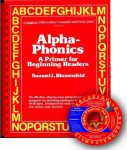
One “School Choice” that is very helpful: Alpha-Phonics A Primer for Beginning Readers. It is simple, inexpensive and effective. Find out why here.

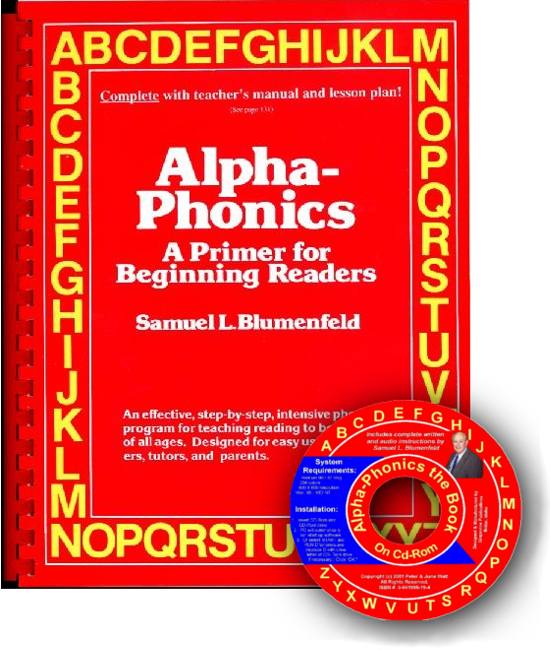 Alpha-Phonics
Alpha-Phonics The Alphabet Song!
The Alphabet Song! Water on the Floor
Water on the Floor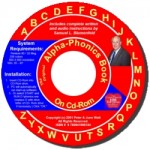 Alpha-Phonics the Book on CD Rom
Alpha-Phonics the Book on CD Rom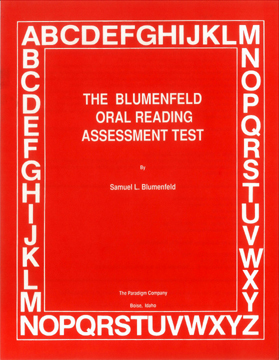 Blumenfeld Oral Reading Assessment Test
Blumenfeld Oral Reading Assessment Test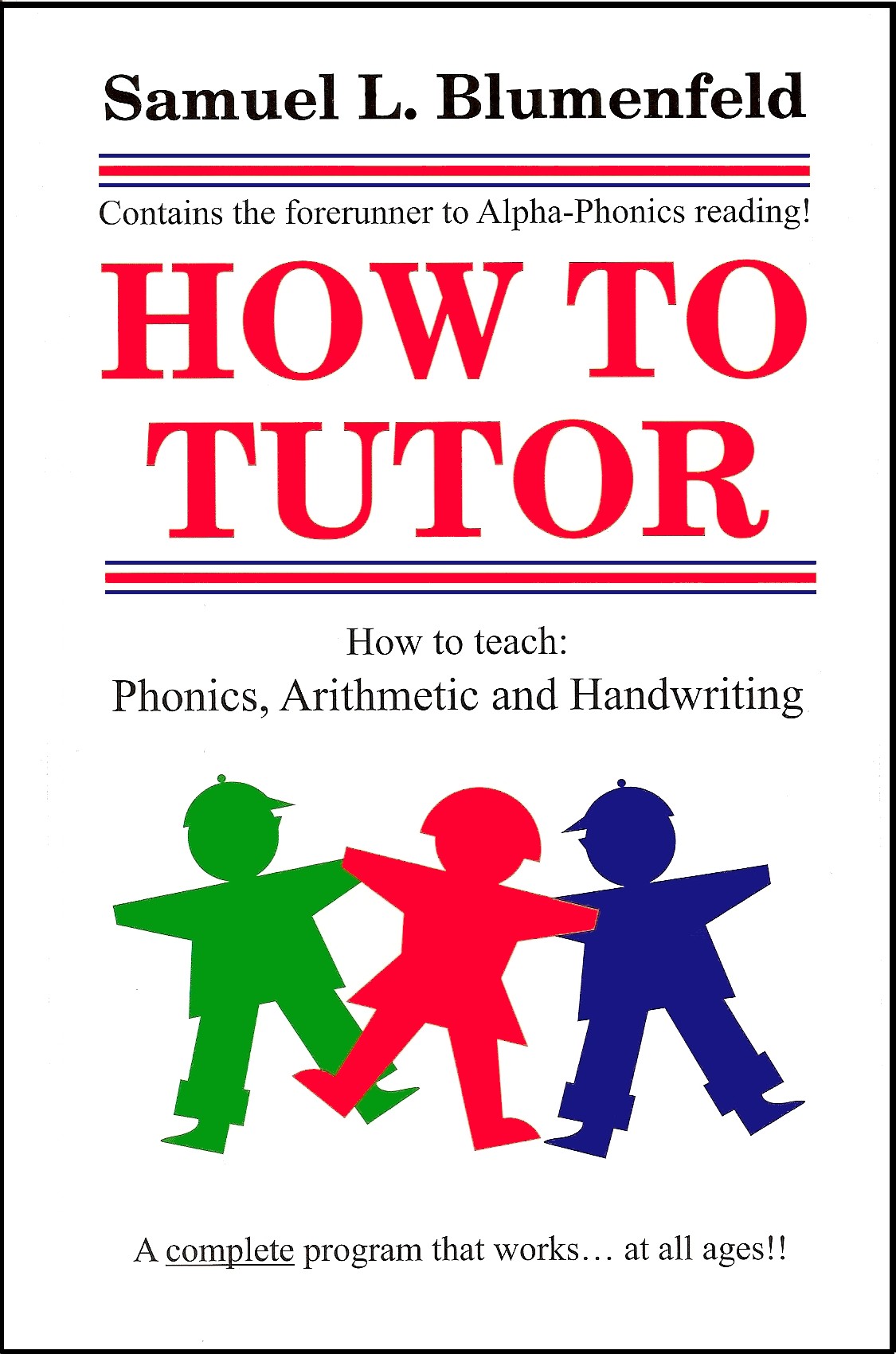 How To Tutor
How To Tutor How To Tutor Cursive Handwriting Workbook
How To Tutor Cursive Handwriting Workbook